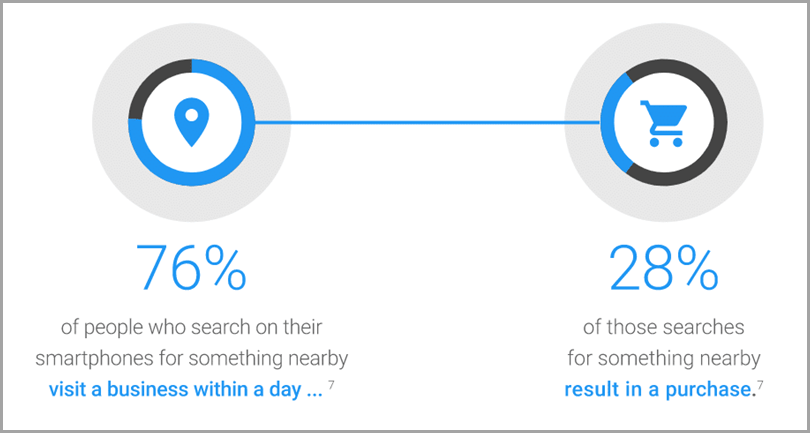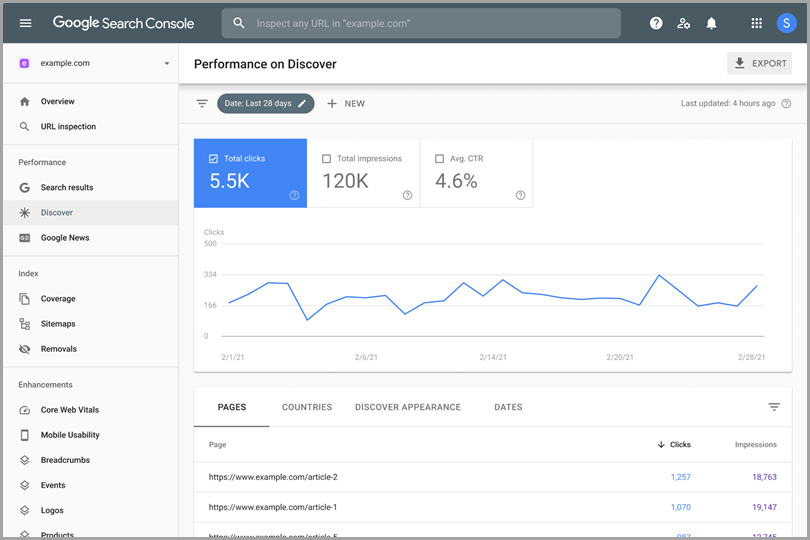
The world of cryptocurrency may seem like the wild west to some, but for those that take the time to understand how it operates, the investment opportunities are vast.
In this article, we’re taking a look at the world’s most well-known cryptocurrency, Bitcoin. We’ll cover what it is and some pros and cons of investing in it.
Disclaimer: The investment information in this article is offered solely for educational purposes. We do not provide advisory or brokerage services, or suggest or advise investors on which stocks or assets to purchase or sell.
What is bitcoin (BTC) and what does it stand for?
Bitcoin is a decentralized digital currency that eliminates the need for intermediaries such as banks and governments, instead of relying on a peer-to-peer computer network to validate transactions directly between users.
The government that issues fiat money (like the dollars in your bank account) backs and regulates it. Bitcoin, on the other hand, is based on a combination of networking technology and software-driven cryptography, which is the science of sending secret data that can only be read by the sender and receiver. This results in a currency that is backed by code rather than actual assets such as gold or silver, or by faith in central financial institutions.
What is Bitcoin and how does it work?
Each Bitcoin (trading symbol “BTC,” albeit “XBT” is sometimes used) is a digital file saved in a computer or smartphone’s digital wallet. To understand how bitcoin works, you’ll need to know the following words and some background information:
Bitcoin is based on blockchain, an open-source technology that provides a shared public ledger of transactions grouped into “blocks” that are “chained” together to prevent manipulation. This technology, which maintains a permanent record of each transaction, is at the core of the more than 10,000 cryptocurrencies that have sprung up in the aftermath of bitcoin.
A Bitcoin wallet has both a public and private key, which operate together to allow the owner to initiate and digitally sign transactions while also giving proof of authorization.
Bitcoin miners: Using high-speed computers, miners – or users of the peer-to-peer protocol – independently confirm the transaction, usually within 10 to 20 minutes.
What is the source of Bitcoin’s revenue?
Bitcoin’s value is determined by supply and demand, and because demand fluctuates, the cryptocurrency’s price is very volatile.
Apart from bitcoin mining, which necessitates technical skill and the purchase of high-performance computers, the majority of individuals buy bitcoin as a kind of currency speculation, wagering that the market value of one bitcoin will be higher in the future than it is now. However, this is difficult to forecast.
Hot wallets vs. cold wallets for Bitcoin storage
There are two types of digital wallets that may be used to store Bitcoins:
- Hot wallet: A trustworthy exchange or provider stores digital currency in the cloud, which may be accessed via a computer browser, desktop, or smartphone app.
- Cold wallet: A portable encrypted device, similar to a thumb drive, that allows you to download and carry your bitcoins.
A hot wallet is one that is linked to the internet, whereas a cold wallet is not. To download Bitcoins into a portable cold wallet, you’ll need a hot wallet.
Pros and Cons of Purchasing Bitcoin
It’s preferable to start with why you should be cautious with a speculative asset class like bitcoin:
Cons of Bitcoin
Volatility in prices. While the value of bitcoin has increased considerably over the years, investors’ fortunes have varied greatly depending on when they invested. Those who purchased bitcoin in 2017 when the price was approaching $20,000, for example, would have to wait until December 2020 to recoup their losses. Even though bitcoin had a successful year in 2021, it lost half of its value between April and July before rebounding and reaching new highs in November.
Concerns about hacking. While supporters claim that Bitcoin’s blockchain technology is more secure than traditional electronic money transfers, hackers have found Bitcoin hot wallets to be a lucrative target. Numerous high-profile thefts have occurred, including the announcement in May 2019 that more than $40 million in bitcoin was taken from several high-net-worth accounts on cryptocurrency exchange Binance (the company covered the losses).
Use is limited (but rising). AT&T became the latest company to accept Bitcoin payments in May 2019, joining Overstock.com, Microsoft, and Dish Network. These businesses, however, are the exception rather than the rule.
SIPC does not provide any protection. If a brokerage collapses or money is stolen, the Securities Investor Protection Corporation guarantees investors up to $500,000, but Bitcoin is not covered.
Pros of Bitcoin
Transactions are private and secure at all times, with fewer possible fees. You may send Bitcoins to anybody, anywhere, at any time, lowering the time and possible cost of every transaction. Personal information such as a name or credit card number is not included in transactions, which removes the possibility of customer information being taken for fraudulent purchases or identity theft. (Keep in mind, though, that in order to buy Bitcoins on an exchange, you’ll usually need to link your bank account first.)
There’s a lot of room for expansion. Some investors who purchase and keep Bitcoin are wagering that as the currency matures, more confidence and broader use will follow, increasing Bitcoin’s value.
Decentralization. Following the financial crisis and the Great Recession, some investors are eager to adopt a decentralized currency that is fundamentally independent of traditional banks, governments, and other third parties.
Should you buy bitcoin?
Bitcoin is an incredibly speculative and volatile buy. It’s worth remembering that stock trading can give you a similar thrill – and picking stocks of established companies is generally less risky than investing in Bitcoin. But if you want to give it a go, you can download a Bitcoin wallet and start trading.
Guest author: Asher Fergusson is a Full-Stack developer with eight years of experience working alongside Fortune 500 companies’ tech teams.
The post What Is Bitcoin and How Does It Work? appeared first on Jeffbullas's Blog.
* This article was originally published here






















